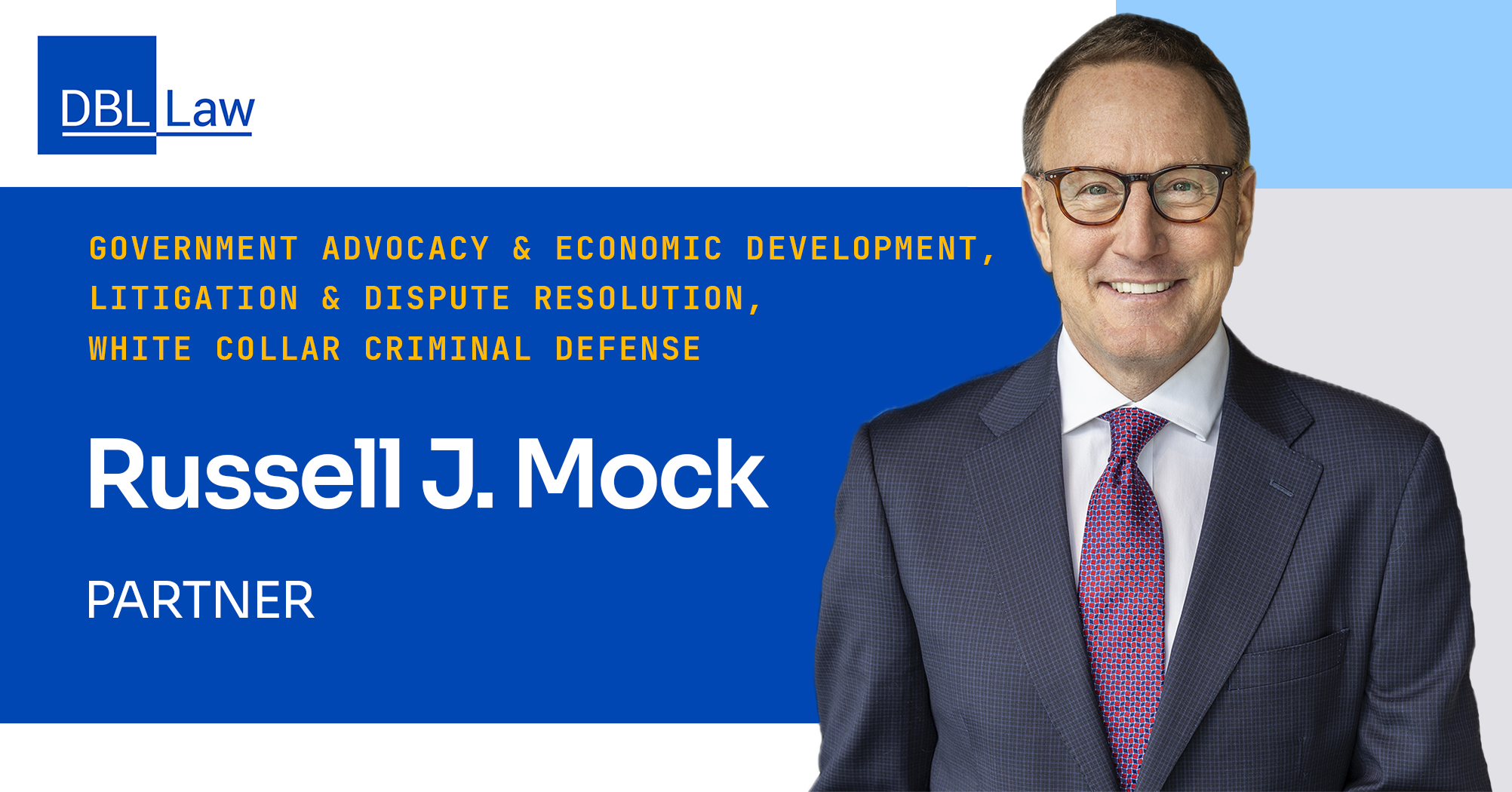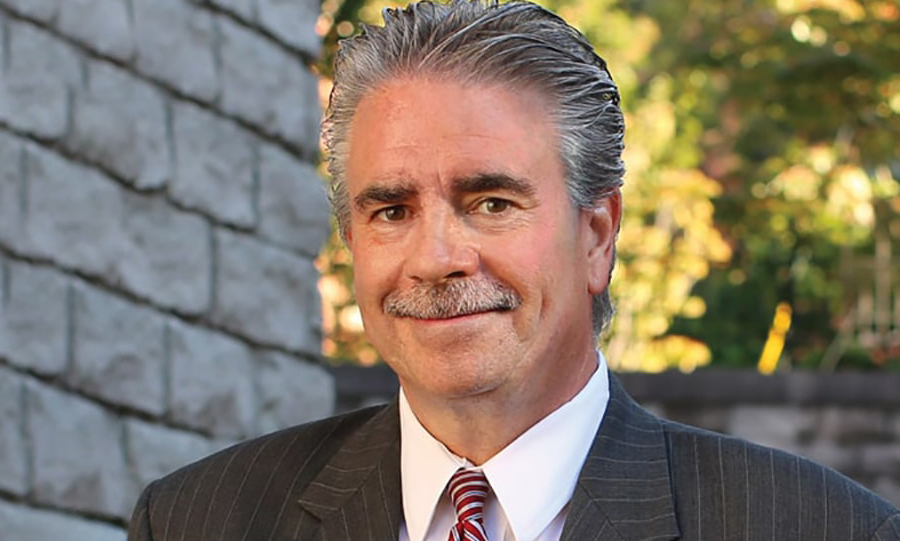2016 marks the last year of the EEOC’s 2013-2016 Strategic Enforcement Plan. Still, many of the issues the agency faced three years ago remain, in addition to some new ones. From pregnancy discrimination to wellness programs to LGBT discrimination to harassment and, most recently, to pay discrimination, the EEOC continues to aggressively pursue employers who are not in compliance with federal law. It also follows its own internally developed enforcement guidelines on these subjects.
For 2016, the EEOC requested federal funds to hire 47 new investigators. With charges of discrimination still hovering around the 100,000 per year mark, the EEOC can be expected to be extremely vigilant about pursuing employers who are not in compliance with federal discrimination laws. The EEOC recognized in its Strategic Enforcement Plan that an outreach campaign aimed at educating employees is an important strategy to deter employer violations.
A key component of its enforcement strategy remains the continued emphasis on the use of alternative dispute resolution (ADR) as an effective tool to quickly resolve “appropriate” charges of discrimination. Failing ADR, the EEOC’s next choice is conciliation. Yet, the agency is not at all afraid to litigate. Witness the $65 million recovered for victims of discrimination last year through litigation, with the EEOC as plaintiff. The recovery was nearly triple that of 2014.
EEO-1 Forms and Equal Pay
The newest initiative is combatting pay discrimination. To that end, the EEOC recently announced a proposed revision to the Employer Information Report (EEO-1) to require pay data from employers, including federal contractors, with more than 100 employees. According to the EEOC, this new data will help identify possible pay discrimination and assist employers in promoting equal pay in their workplaces.
EEO-1 data provides the agency with workforce profiles by race, ethnicity, sex and job category. This proposal would add aggregate data on pay ranges and hours worked to the information collected, beginning with the September 2017 report.
The pay data would provide the EEOC, the Office of Federal Contract Compliance Programs, and the Department of Labor with insight into pay disparities across industries and occupations and strengthen federal efforts to combat discrimination. This pay data would allow the EEOC to compile and publish aggregated data that will help employers in analyzing their own pay practices to facilitate voluntary compliance. These agencies are prepared to use this pay data to evaluate complaints of discrimination, focus investigations and identify existing pay disparities that may warrant “further examination.”
“More than 50 years after pay discrimination became illegal it remains a persistent problem for too many Americans,” said EEOC Chair Jenny R. Yang. “Collecting pay data is a significant step forward in addressing discriminatory pay practices. This information will assist employers in evaluating their pay practices to prevent pay discrimination and strengthen enforcement of our federal anti-discrimination laws.”
Pregnancy Discrimination
Since Young v UPS was informally resolved between the parties following the U.S. Supreme Court’s remand decision last year, the 2015 EEOC Enforcement Guidance remains the only guidance regarding the extent to which employers must accommodate pregnant employees, even though the guidance is contrary to a number of federal courts and was criticized as such by the Supreme Court in its remand decision. While the EEOC insisted the guidance was nothing new, it has indeed – perhaps unintentionally – significantly expanded the protections for pregnant employees. Concepts introduced by the guidance, such as the “potential for pregnancy” and the very low thresholds to determine the existence of pregnancy- related conditions (PRC’s), are new and expansive. The EEOC also wants to ensure that mothers and fathers have equal bonding rights – e.g., leaves of absence.
Accommodating pregnancy-related limitations under the Americans with Disabilities Act Amendments Act (ADAAA) and the Pregnancy Discrimination Act (PDA) remains a priority. While pregnancy in and of itself may not actually be considered a disability, the EEOC has come very close to recognizing it as such.
Wellness Programs and the ADA
In April 2015 the EEOC issued a proposed rule that would amend the regulations and interpretive guidance implementing Title I of the Americans with Disabilities Act (ADA) as they relate to employ wellness programs. The proposed rule amends the ADA regulations to provide guidance on the extent to which employers may use incentives to encourage employees to participate in wellness programs that include disability-related inquiries and/or medical examinations.
The term “wellness program” refers to programs and activities typically offered through employer-provided health plans as a means to help employees improve health and reduce health care costs. Some wellness programs ask employees to engage in healthier behavior (for example, by becoming more active, not smoking or eating better), while other programs obtain medical information from employees by asking them to complete a health risk assessment (HRA) or undergo biometric screening for risk factors (such as high blood pressure or cholesterol). Employers have increasingly turned to wellness programs to reduce their health care costs and improve the health and productivity of their workforces. There are still important questions to be answered since the comment period expired in June 2015.
LGBT Issues
Sexual orientation can no longer be characterized as a “new” issue, since it has affected virtually every workplace for many years. Although Title VII of the Civil Rights Act of 1964 does not include sexual orientation among its protections, charges of sexual orientation discrimination will still be processed and investigated by the EEOC. Expect a significant increase in LGBT charges.
What is rather new is the litigation over the use of restrooms by transgender employees. The EEOC is focusing on employers that do not accommodate a transgender worker’s choice of restroom as a violation of Title VII. As an example, the EEOC sued a Minnesota financial services company on behalf of a transgender woman, alleging the employer’s practice of precluding transgender female employees from using the restroom consistent with their sex to be in violation of Title VII (EEOC v. Deluxe Fin. Servs. Inc.).
Systemic Discrimination
One of the EEOC’s top priorities is to continue its focus on cases of systemic discrimination, which typically involve broad-based employment practices affecting large numbers of individuals. As required by the Strategic Plan, the EEOC expects to increase its enforcement activities over the next several budget cycles. Consistent with the final year of the Strategic Enforcement Plan, the EEOC expects many of its complaints to challenge discriminatory barriers to employment (chiefly, recruiting and hiring practices). This extends to emerging and developing legal issues, such as protecting the rights of immigrants and other “vulnerable populations” and the discriminatory pay practices discussed above.
Workplace Harassment Initiative
Preventing harassment through systemic enforcement and targeted outreach is also a national priority for EEOC. According to the EEOC, workplace harassment remains a persistent problem, prompting the formation of a “Select Task Force of Academics, Practitioners and Stakeholders To Study How To Address And Prevent All Types of Workplace Harassment.” While the task force’s findings may not be near, expect the EEOC to once again intensify its focus on unlawful harassment in the workplace.
Expect the EEOC to focus on harassment involving not only sex, but race and disability in particular. Finally, just this past December, the EEOC announced an “enforcement priority” on workplace harassment of Muslim employees. More than 68 lawsuits have been filed since 2010 on behalf of Muslim employees.
Proposed Enforcement Guidance on Retaliation and Related Issues
The commission’s last guidance update on retaliation was issued in 1998. Since that time the Supreme Court and lower federal courts have issued numerous significant rulings regarding retaliation under employment discrimination laws.
“Retaliation is a persistent and widespread problem in the nation’s workplaces,” said EEOC Chair Yang. “Ensuring that employees are free to come forward to report violations of our employment discrimination laws is the cornerstone for effective enforcement. If employees face retaliation for filing a charge, it undermines the protections of our federal civil rights laws. The Commission’s request for public input on this proposed enforcement guidance will promote transparency. It will also strengthen EEOC’s ability to help employers prevent retaliation and to help employees understand their rights.”
The percentage of retaliation charges has roughly doubled since 1998, making it the most frequent charge filed with EEOC. Nearly 45 percent of all private sector charges filed in 2015 included retaliation claims. In the federal sector, retaliation has been the most frequently alleged basis since 2008, and retaliation violations comprised 53 percent of all violations found in the federal sector in 2015. Recovering nearly $174 million just through mediation and conciliation adds a significant boost to the EEOC’s budget requests.
Conclusion
For 2016 and beyond, expect the EEOC to become involved in many new aspects of the workplace. It has ramped up its outreach programs to individuals it classifies as “vulnerable workers” – e.g., those often unaware of their rights under the equal employment laws, or reluctant or unable to exercise them. These “vulnerable workers” are future EEOC charging parties. The commission also hired eight new trial attorneys in 2015 and plans to hire seven more in 2016, so employers should expect the EEOC to be an especially vigilant participant in litigation against employers. As a result, employers are encouraged to “get ahead” of these issues and revise, if necessary, their practices and procedures accordingly. Ongoing education and compliance training are essential. Employers who turn a blind eye to these (and many more) potential workplace landmines are undertaking huge financial risks that might be avoidable.
This article was originally published in Corporate Counsel and authored by Philip R. Voluck.




